Lots of anime have developed their identities around their visual themes and cues — One Piece and Pirates, Naruto and Ninjas, and even Bleach and Shinigami became defining visual cues that would tie into the greater aspects of the series. But sometimes, anime have themes that are a little bit more under the radar, existing in the background of the show but not always having a direct influence on how things play out. Tower of God, for example, seems like an unlikely candidate for a show to have oceanic themes, but in reality, ocean imagery and water play a huge role in the world-building of the series itself! From eels and net dolphins to Fishermen and Lighthouses, there can be a lot to keep track of on the high seas of Kami no Tou!
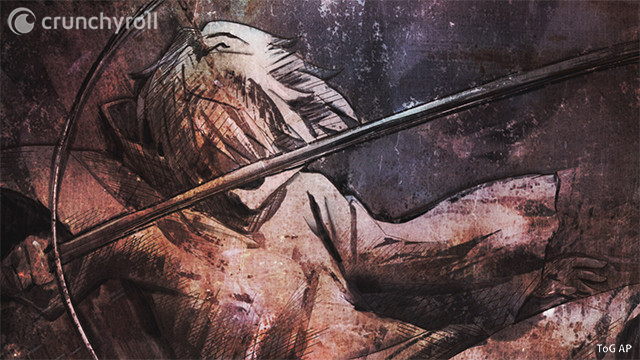
At first, it’s hard to pin Tower of God to any particular style of image — after all, the first things we see in the series are some mythical carvings on a wall, a bunny looking man, and then, suddenly … a giant eel! Then, we see characters in a huge open field, a futuristic building, and plenty of other almost impossible seeming locations. There are many times in which the series leans heavily on its fantasy setting, but taking a slightly deeper look allows us to see some common themes emerge, starting with that massive eel that Bam encounters in the first episode! As it turns out, these types of creatures are fairly common inside of the Tower, as we see another one of these eels in Episode 10, and the revelation of royal assassin Lo Po Bia Ren’s apparent ability to control a large serpent of some sort (and test director Yu Hansung’s even more fearful one!) shows yet another form of these creatures.
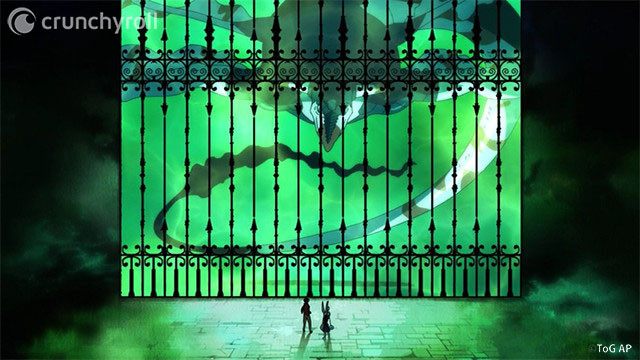
Known as “Divine Sea Aquatic Animals,” or Shinheuh in Korean, these types of creatures seem to inhabit various aspects of the Tower as local (and dangerous!) fauna. In Episode 11, we’re treated to a view of some other Shinheuh, the Net Dolphins and other creatures that make up the ecosystem of the wild parts of the Tower itself. Many of these animals bear the names of various real-life sea creatures, although they tend to be far larger and much scarier looking than their namesakes — then again, a gigantic eel would be pretty terrifying, even if it wasn’t as colorful as the one in Tower of God.
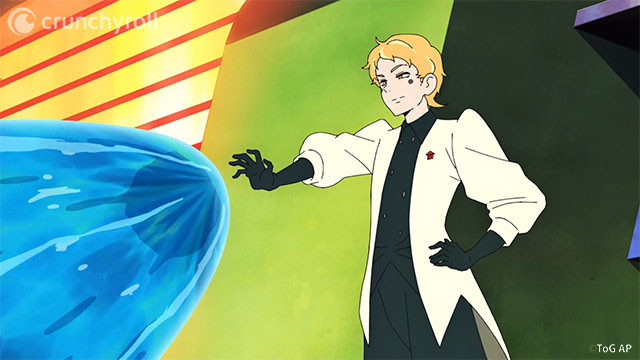
The Shinheuh bear the same name as Shinsu (Divine Water) which makes up the interior of the Tower’s atmosphere. Shinsu is perhaps one of the most mysterious, yet important, aspects of the entire series. Lero-Ro uses it in a way to separate those who can and cannot potentially survive the Tower, and his use of it invokes the image of a massive wall of water — yet we learn that Shinsu is apparently all-around people in the Tower at all times, so it’s actual form seems far less concrete than we might first expect. It seems like it would be fair to say that Shinsu is like the air we breathe, but can also be concentrated into a denser, water-like form. No matter the particulars, this idea of a mysterious “water” surrounding those in the Tower helps illustrate how strong the Regulars have to become. After all, if you’ve ever tried running in water, you might find it pretty difficult!
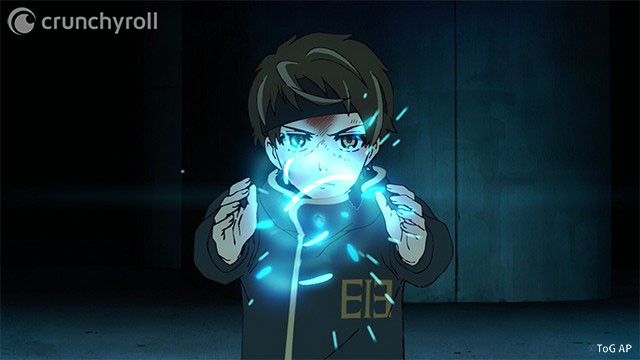
When the tests revealed positions to the audience, much of this nautical theming became even more apparent, especially with the Fisherman position and the Lighthouse tool. As the regulars prepare to take this final examination together, it all seems to be coming together. Not only are positions a necessary aspect of climbing the Tower in teams, but the roles of each member is reliant on interactions with the wild beasts of the tower. The Light Bearer’s use of Lighthouses is to help cast light into the extremely dark and dense areas of the tower, just as real lighthouses exist to help guide ships away from potentially running aground and give them bearings in dark seas. Meanwhile, the Fisherman is exactly that: a fisher, looking to catch and attract the dangerous threats of the Tower so that the remaining teammates can collaborate to take down these threats. Of course, keen observers may note that the two other positions have seeming ties to nautical imagery: the Spear Bearer (spearfishing!) and Wave Controller, who actively focuses and controls the Shinsu of the tower for their needs.
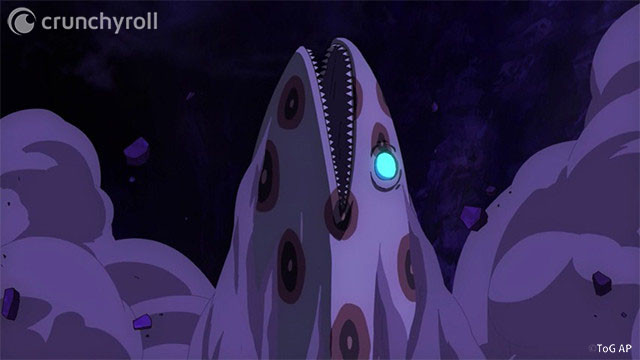
Tower of God has given us other little ocean-based themes too, such as Yu Hansung calling himself the “submerged fish” of Evankhell, or the mysterious Administrator who seems to be an almost Cthulhu-esque elder god — a gigantic, deep-sea being of terrifying power and form. So, one might be curious as to why the series has all these aquatic cues and nods throughout … What's the big secret? Well, if series creator SIU is to be taken at his word, it’s because … he just really likes the ocean!
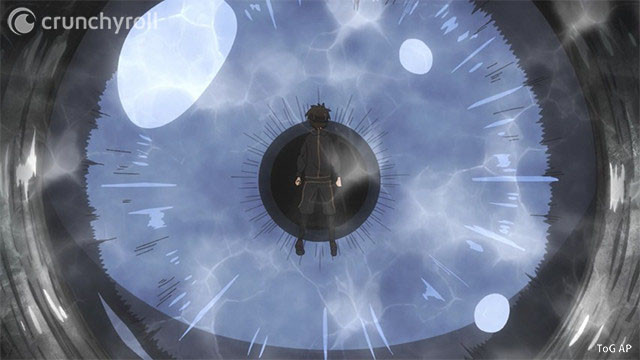
Of course, since Tower of God is still running, who knows if SIU has some secret reason for all of these dropped hints throughout the series. But for now, he doesn’t seem to be telling. Regardless, we think it’s pretty unique and unusual for a thematic choice in an anime, especially since the series itself isn’t nautically based! As Bam and Co. get ready to take on the rest of the final exam, what other nautical imagery might we encounter? I suppose we’ll just have to set our lines and wait to see if anything bites!
Did you pick up on the aquatic themes of the series? What’s your theory on why SIU’s chosen these themes? Let us know what you think in the comments!
Nicole is a frequent wordsmith for Crunchyroll. Known for punching dudes in Yakuza games on her Twitch channel while professing her love for Majima. She also has a blog, Figuratively Speaking. Follow her on Twitter: @ellyberries
Do you love writing? Do you love anime? If you have an idea for a features story, pitch it to Crunchyroll Features!
Source: Latest in Anime News by Crunchyroll!


Comments
Post a Comment